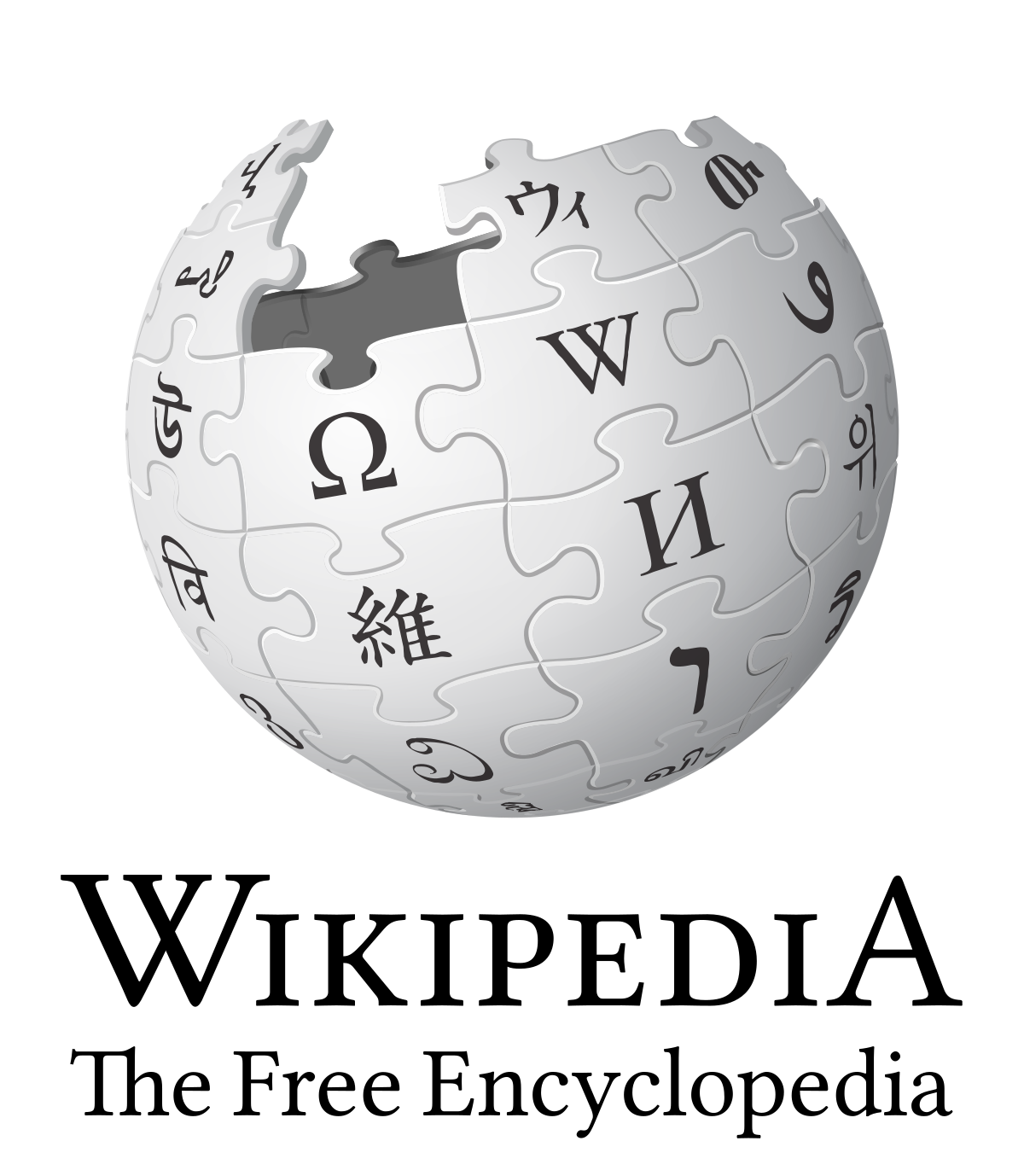Wikipedia: 4 Reasons to Use it In the Classroom
From media literacy to source bias evaluation, Wikipedia is a great classroom tool that more educators should embrace.

Using Wikipedia in the classroom has been shunned traditionally by some teachers because it is written by volunteers on the internet. But it is precisely that crowdsourced nature that makes Wikipedia such a compelling tool in the classroom, says Nichole Saad, senior program manager for education at Wikimedia Foundation, the nonprofit that owns Wikipedia.
With its vast repository of knowledge and accessibility -- students can get to it from any browser or device -- Wikipedia is perfect for classroom lessons on any topic and provides an opportunity to cover subjects such as information literacy and source bias evaluation.
1. Wikipedia is Generally As Accurate As Other Encyclopedias
Accusations of inaccuracy have been easy to make against Wikipedia since its inception, but have been largely unfounded. “There have been studies that have compared it to Encyclopedia Britannica and found that it is on par in terms of reliability,” Saad says.
There are rules about reliable sources and what makes a topic notable or not, says Saad. Wikipedia editors also engage in constant discussions in regard to what information is missing from the global knowledge repository.
2. Wikipedia is A Great Tool for Students to Learn to Evaluate Accuracy
Educators and students shouldn’t automatically accept everything they read on Wikipedia as indisputable fact. Instead, Wikipedia’s entries can be used as a general way to learn about vetting sources and determining accuracy.
“How do you determine whether information is reliable or not?” Saad says. “How do you find the gaps and the biases that are present in all information that we consume? Wikipedia is one of the best tools that we have as educators to do that, because it's transparent in the way that it produces knowledge.”
Toward the top right corner of each Wikipedia article is an “Edit history” link that lets you see all the changes that have been made to that entry. On the left corner is a “Talk” tab, which Saad says is a good link for educators to explore with their students. “The way I describe it to teachers is, it's like being in the room with the textbook publishers and understanding how they're making their editorial decisions,” she says.
Tech & Learning Newsletter
Tools and ideas to transform education. Sign up below.
3. Wikipedia Has Resources Specifically for Educators
The Wikimedia Foundation recently launched Reading Wikipedia in the Classroom, a new pilot teacher training program in Bolivia, Morocco, and the Philippines. The initiative is designed to help both educators and students develop media and information literacy skills using Wikipedia. The free training materials are currently available in English, Spanish, Arabic, and Tagalog on Wikimedia Commons.
“We have three teachers’ guides that are aligned with the media and information literacy framework for UNESCO,” Saad says. “The first one is around access to information, and how Wikipedia can be used as the place where you access information freely. And the second module is on evaluating information. So it goes through how to look at a Wikipedia article, how information is produced, and who are the editors behind Wikipedia.”
The third module focuses on creating knowledge.
4. Students and Educators Can Contribute to Wikipedia
Educators and their students can also help Wikipedia improve by contributing to it, which is a wonderful tool for active learning.
“There's no barriers to contribution in the Wikimedia movement, anyone can edit,” Saad says. “There's no limitation on that, unless you make a lot of mistakes, then you might have some issues. There are many ways to contribute. For example, you could fix a spelling error on an article. You can translate articles -- some of the most engaging education programs that we've seen in our community have been around language translation or transliteration of sources.”
Contributions are not just limited to Wikipedia. “We have other Wikimedia projects that are part of the Wikimedia movement, Wikipedia is the most famous one,” Saad says. For example, Wikimedia Commons is a media repository of rights-free content that's available to everyone under Creative Commons licenses. As a classroom assignment, photography students can make existing Wikipedia articles better by adding their own photos; it also can be an opportunity to explain to students about usage rights regarding images.
“There are hundreds of ways that you can use these projects as tools for learning and teachers are creative, so I'm not going to prescribe,” Saad says. “What we want to do is open the door and let people see what opportunities there are to incorporate Wikipedia into their teaching practice.”
Erik Ofgang is a Tech & Learning contributor. A journalist, author and educator, his work has appeared in The New York Times, the Washington Post, the Smithsonian, The Atlantic, and Associated Press. He currently teaches at Western Connecticut State University’s MFA program. While a staff writer at Connecticut Magazine he won a Society of Professional Journalism Award for his education reporting. He is interested in how humans learn and how technology can make that more effective.

